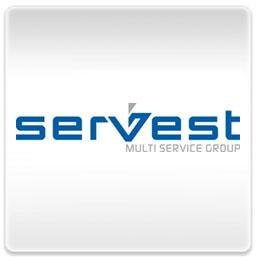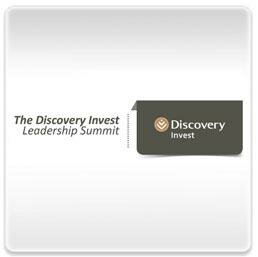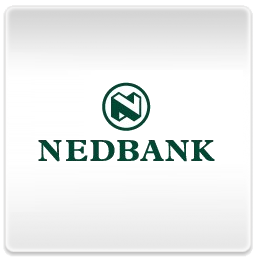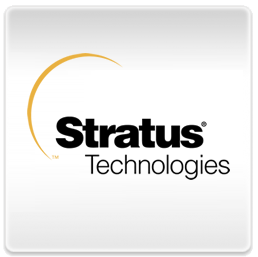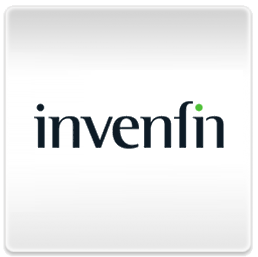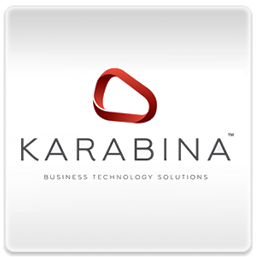Our Identity Part 2: The Community Lifecycle (or what we do)
Submitted by Mike Stopforth on Tue, 2012-09-04 13:24

Cerebra’s tag line is ‘We are community’ which refers not only to the culture fostered within our company but also through our role as curator of our clients’ communities. In our last post Our Identity Part 1: The Cerebra Mission Statement and Manifesto (or who we are and why we exist) we spoke about our mission statement and manifesto - the answers to “who we are” and “why we exist”. In this post we’re going to talk about “what we do” – the lifecycle that all of our clients’ communities go through before reaching maturity and self-sustainability.
Online community management makes up the largest component of what we do as a strategic communication agency and is something we truly pride ourselves on.
When we speak about clients’ communities we are referring to target audiences and markets that we identify, create relevant content for and engage with through a multitude of communication mediums and on a variety of owned and earned platforms. Sometimes these communities already exist and our responsibility is to help our clients gain ground, establish thought-leadership and leverage influencers in those existing conversations.
The thinking behind how we develop these communities is illustrated in the following diagram, which we refer to as the Cerebra Community Lifecycle.

This Lifecycle is critical in ensuring a platform has all the necessary structures in place before it can reach an organic maturity. This is a model we apply to every community in and around the companies we work with.
The three Community Lifecycle phases are as follows:
Build
This period, typically at the onset of a community, is a time to assess the community currently in terms of its demographic, positioning, size and sentiment. Before a content and community manager embarks into this it is important to develop your content strategy, tone and approach. Several elements used in building this phase include relevant and engaging content, encouraging internal communication and awareness of the platforms within the clients business. We believe that a community needs to have a solid base in terms of member numbers before one should start to actively engage. The initial build phase can last up to six months and is the most important step in creating trust with your audience.
Engage
If all these targets have been reached (loyal and dedicated followers and fans, engaging content, and a strong reach) in the ‘build’ process we can launch the ‘engage’ phase, which will focus on advocacy, growth in numbers and engagement as well as proactive content. This stage is used to launch new campaigns, begin influencer engagement and learn more about the audience.
Activate
Once the first two levels have been successfully implemented the ‘activate’ phase can start. This is when the question of ‘how can I do more to surprise and delight my fans?’ is asked. This is the time to best leverage the community to meet the brand objectives. Maintaining interaction and ensuring growth on the platform is still key even in this phase, and is something that should always be front of mind.
Although the third and final phase has now been reached, it is imperative to continue the cycle of building, engaging and activating, with the end goal in mind always that of a self-sustainable community. Happy communities are happy customers. Happy customers are happy spenders, and great advocates too.
Remember that social media platforms were designed for interpersonal communication – between human beings. As a brand, entering a social media space, you are invading. It’s like walking into someone’s dinner party, sitting down at the table and trying to sell product. You need to earn the right by building relationship and engaging in conversation before you can activate!
We interact with so many clients running incredible campaigns, but at the wrong time in their community's lifecycle. Often when they fail they think the campaign crashed because it wasn't a good idea. The idea however, was probably a very good one, it just happened in the wrong part of the lifecycle, or when the community wasn’t ready, or even before the brand had earned the right to engage at that level.
- Login to post comments


